How I Built a Microgrid in the Middle of Nowhere
The possibility of working remotely has opened opportunities for millions of people. As an avid outdoorsman, I have been building a retreat in western Montana. In this case, the word “remote” is an understatement; there is no electricity, cell phone service, or internet access — it’s entirely off the grid. But I need those things to live and work here, so I had to build my own. Here’s how I did it.
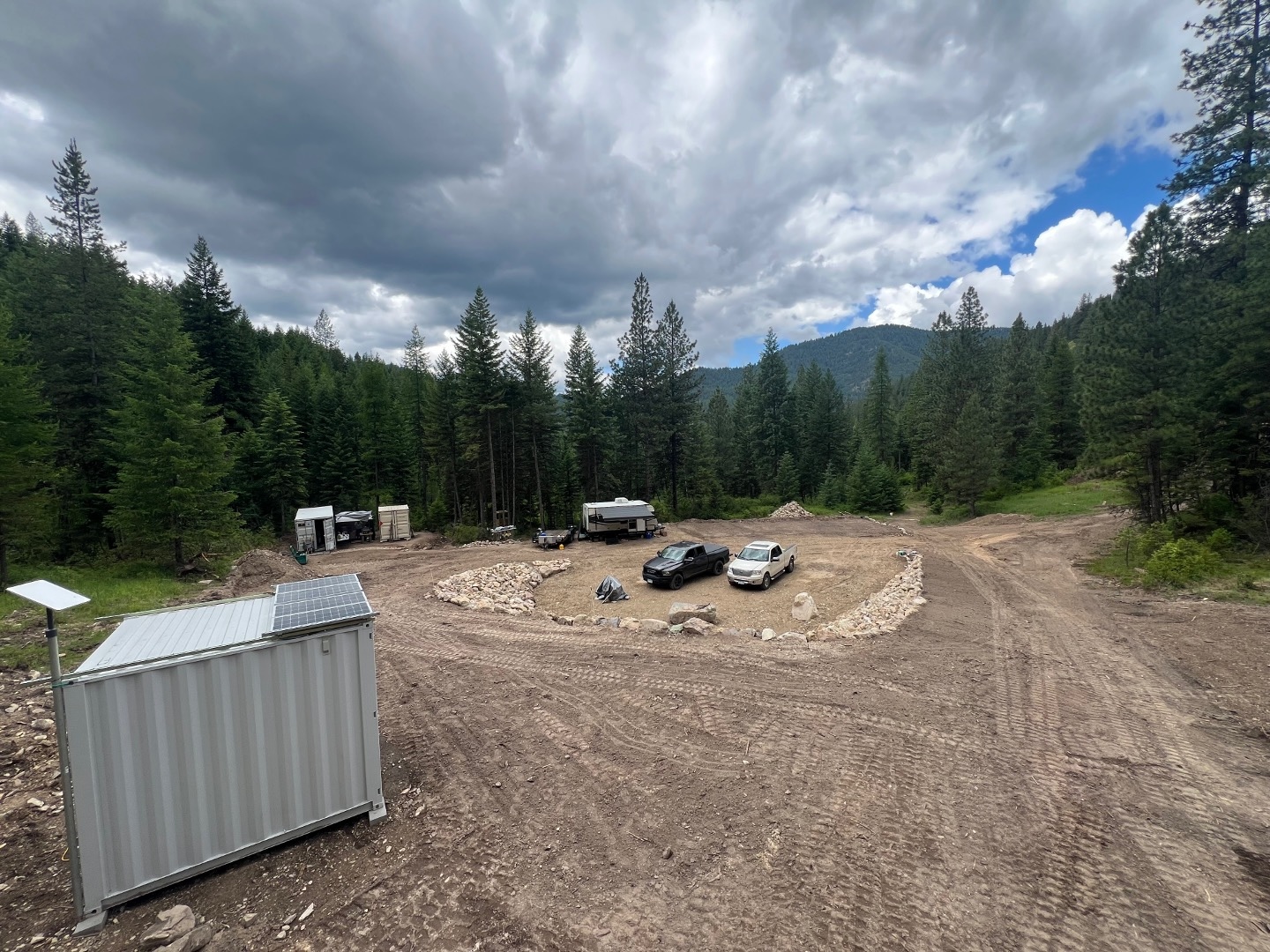
People have historically moved to where the work is. The Gold Rush in the 1800s created whole towns near mines in the American West. The Dust Bowl drove a large percentage of Oklahoma's population to California’s Central Valley and its agriculture jobs. More recently, high-technology companies have turned Silicon Valley into a hub for millions.
When the COVID-19 virus struck in 2020, the possibility of working remotely suddenly became necessary. Overnight, working from home offices became the norm for millions of people. Internet-based meeting apps like Zoom and others have become necessities people use daily. Despite the end of the pandemic, many people are still working remotely, or it is a more significant part of their job than before.
However, another critical technology was also in the works. In 2019, SpaceX began launching its satellite constellation into orbit. Starlink is a network of small, inexpensive satellites that interact with ground-based transceivers, and is intended to provide internet service to most of the world. As of early 2024, 6,000 satellites served three million Starlink subscribers. The company plans to double the number of satellites to 12,000 and ultimately increase it to more than 30,000.
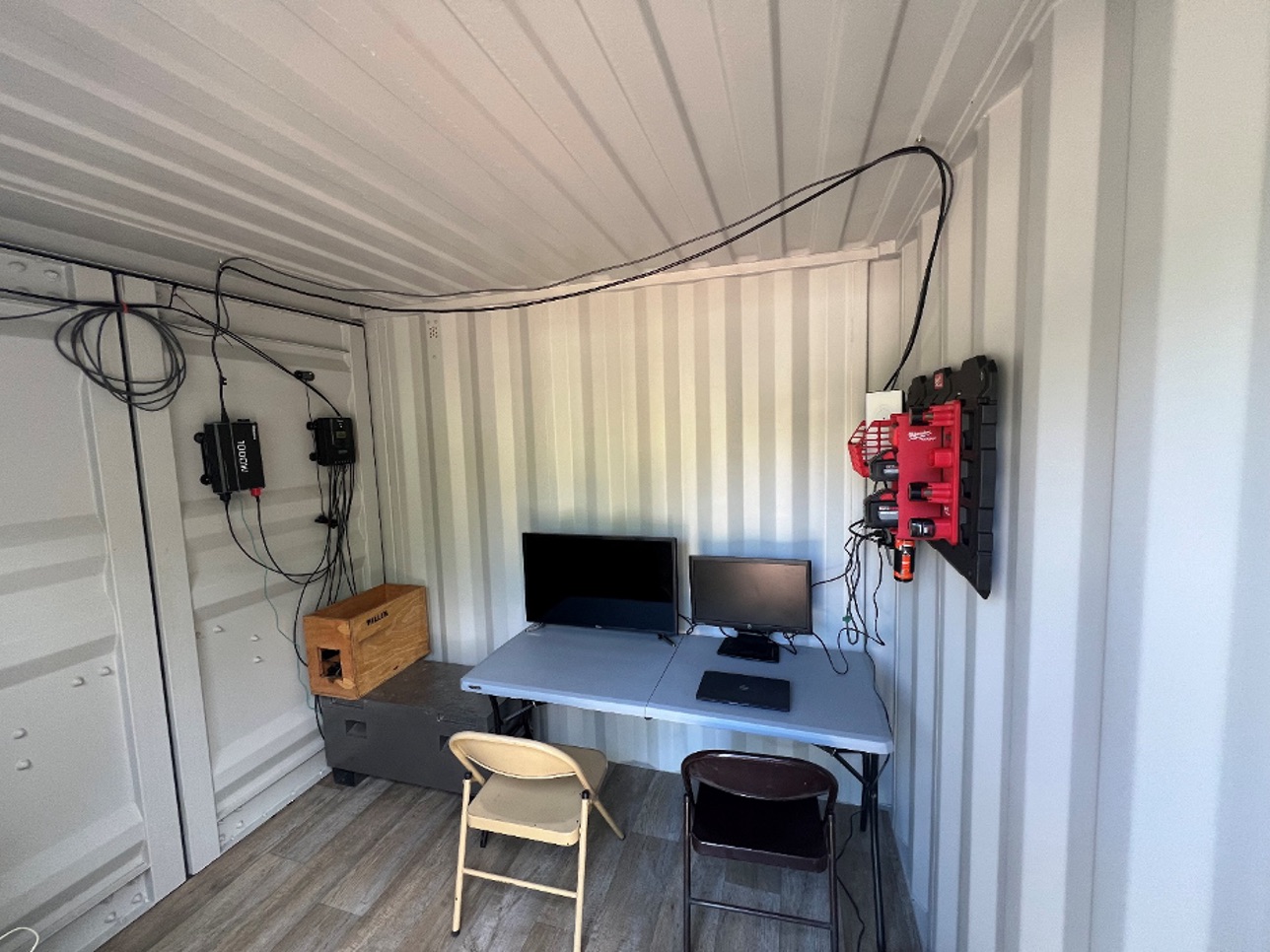
A look at my office in the container
Satellite internet would provide my Montana getaway with phone service, internet access, and WiFi calling, but first, I had to make it work. I installed the transceiver, charge controllers, batteries, and an old 1200 W inverter in a 10-foot-wide storage container so that all the electronics were in one convenient place and easily accessible. I installed several solar panels on the roof, and routed their output to the batteries inside the container. My container is also my remote office, providing an excellent location for video calls, web meetings, and privacy.
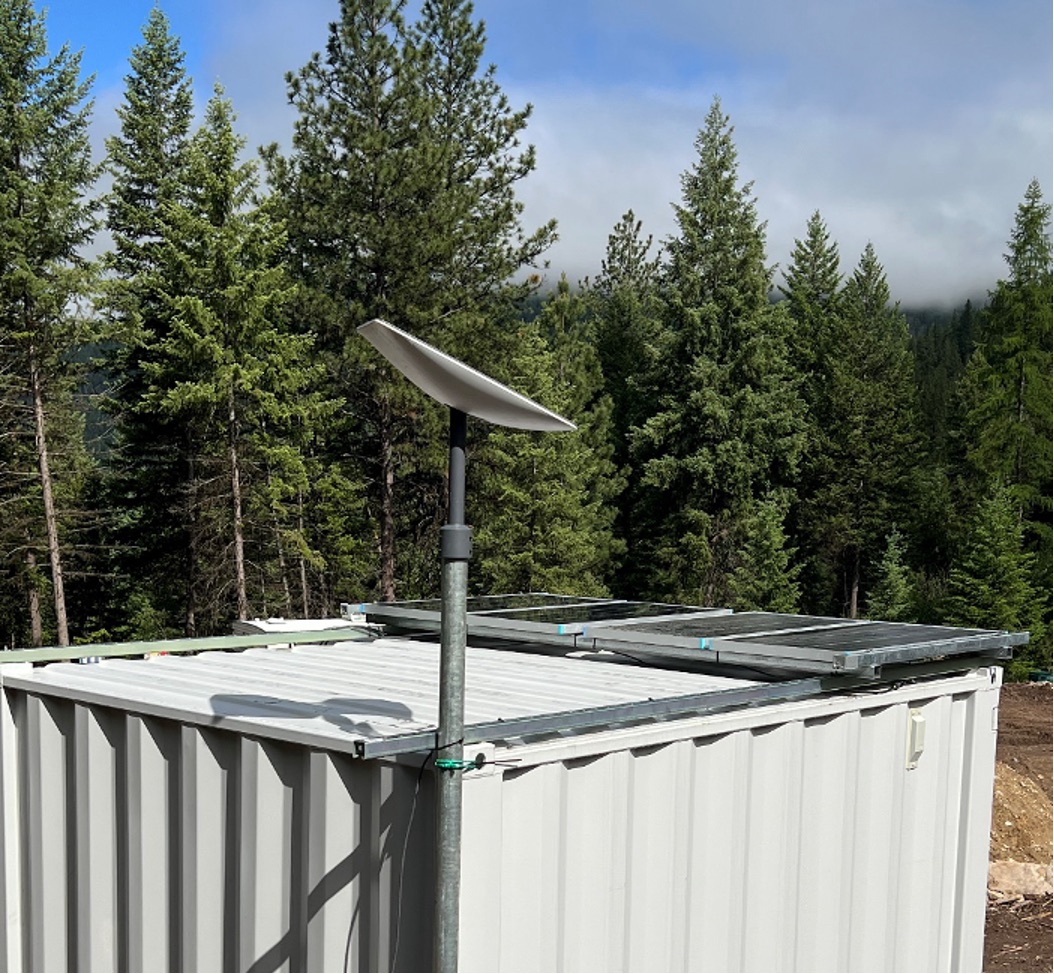
The top of the container with solar panels and Starlink
I installed everything correctly, but there was a problem. When I powered everything up, the router started complaining, emitting a high-pitched screech. That couldn’t be good, so I started an investigation.
Guessing the power source might be the issue, I used a power analyzer to find the issue. My 1200 W inverter converted DC power from the battery system to 120 VAC 60 Hz, so I connected to its voltage output and put an iron core AC current clamp on one of the lines. I immediately saw that the inverter’s AC output was not even close to being a sine wave, and was filled with harmonics that were adversely affecting the router. The old 1200 W inverter was to blame.
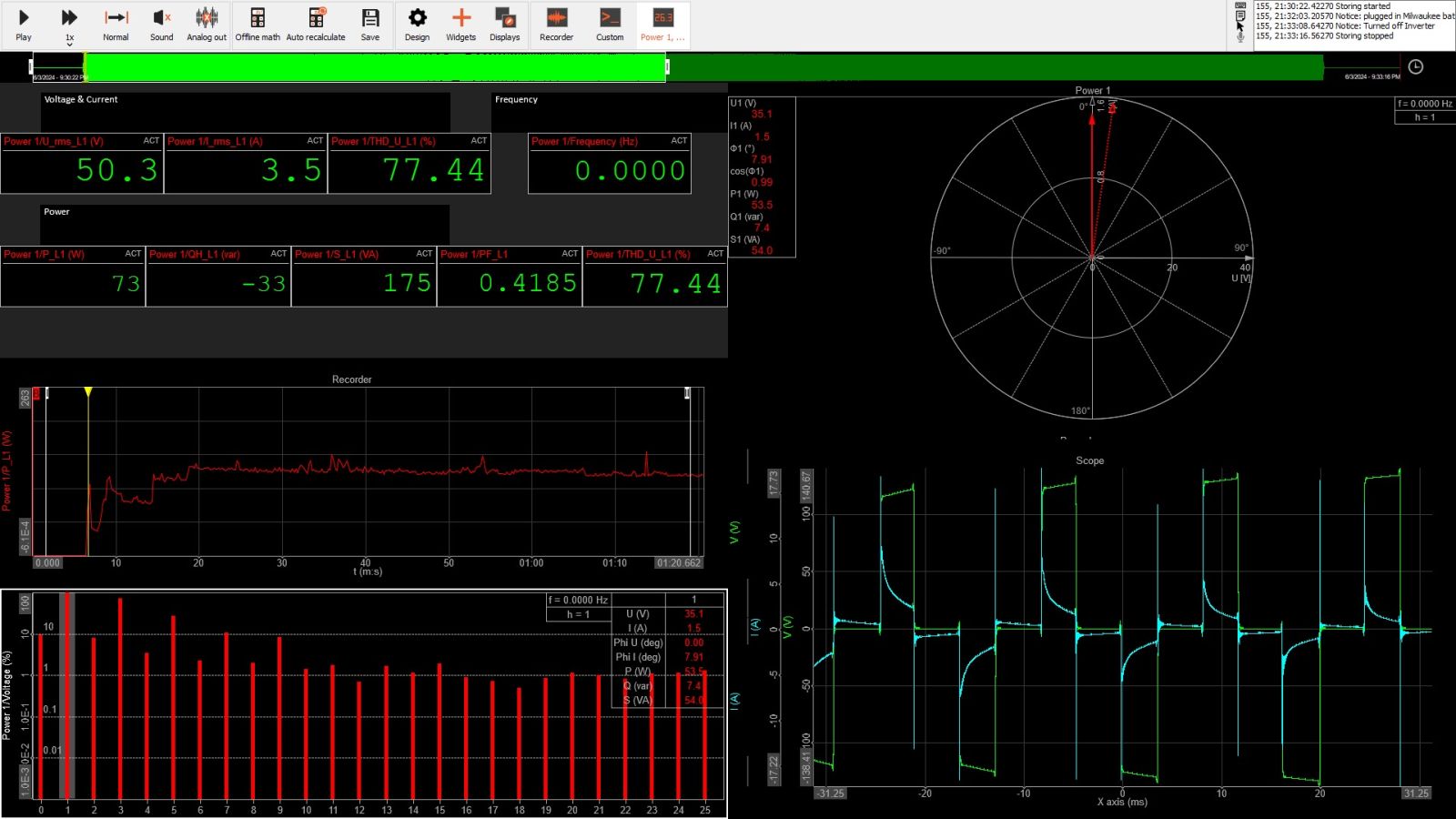
Screenshot from power analyzer showing the non-sinusoidal output from the old inverter
The scope view revealed that the old inverter was incompatible with most of today’s electronic devices. It had to be replaced, so I ordered a new inverter that produced a pure sine output. When it arrived, I hooked it up and ran some tests with the power analyzer. The output looked great: the router stopped screeching with the new inverter. My biggest problem was solved. The figure below shows the pure sine voltage output from my new inverter.
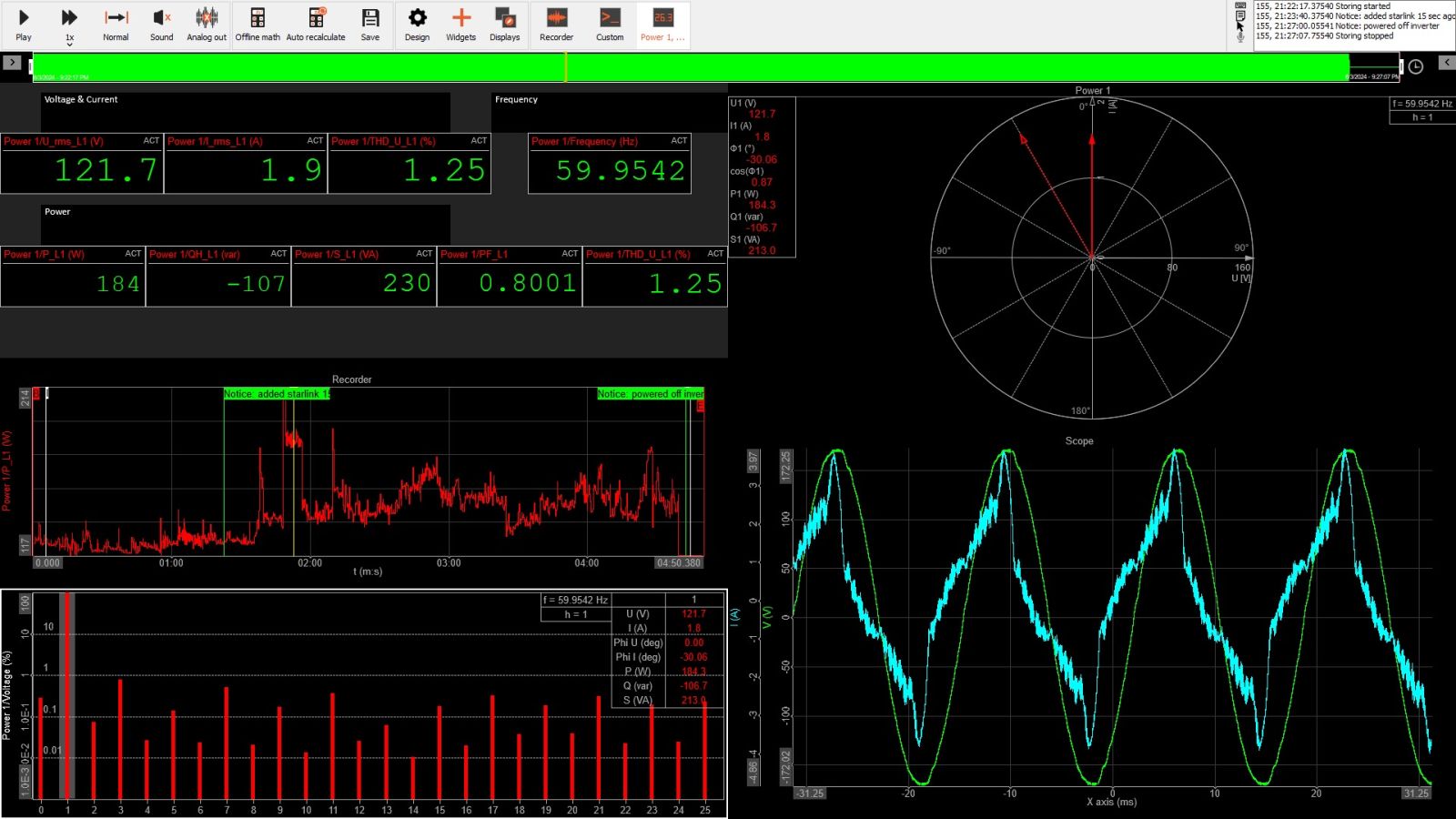
The measurement setup
Since my valley has no power, I had to create my own. A power grid that is local and independent of the larger power grid is called a microgrid. Another element of microgrids is that they are intelligent. True microgrids can connect to the outside power grid and provide fail-over operation for continuous 24/7/365 operation. My rooftop solar panel system isn’t a true microgrid in that sense, but it does what I need it to do. After all, I am not powering a whole college campus or a hospital complex. My “microgrid” is engineered to do exactly what I need.
My battery system is charged by the solar panels on the roof. The power is fed into an MPPT (Maximum Power Point Tracking) charge controller that intelligently manages the energy coming from the solar panels and charges the battery system. Charge controllers like this one protect the batteries from overcharging and over-discharging. They use a tracking algorithm to maximize the energy from the panels. A smartphone app allows me to monitor the system.
Engineers are about solving problems. If you give us lemons, we will make lemonade. COVID-19 was terrible, but it opened the door to remote working. The last few years have ushered in impressive advancements in battery technology, green energy, power conversion, power generation, satellite phone and internet access, and more. Leveraging technological advancements is its own reward.
What I was able to accomplish was unthinkable only a few years ago. But now, using Starlink, four 100 W solar panels, a few 100 Ah batteries, a 40 A MPPT charge controller, and a pure sine inverter, I have built a “microgrid” capable of running my remote office at minimal expense. This system has allowed me to live and work in the “middle of nowhere”.
John Miller, PE is in charge of Business Development at Dewesoft USA, which develops customer-focused test and measurement solutions.
Dewesoft USA | dewesoft.com
Author: John Miller, PE
Volume: 2024 September/October









